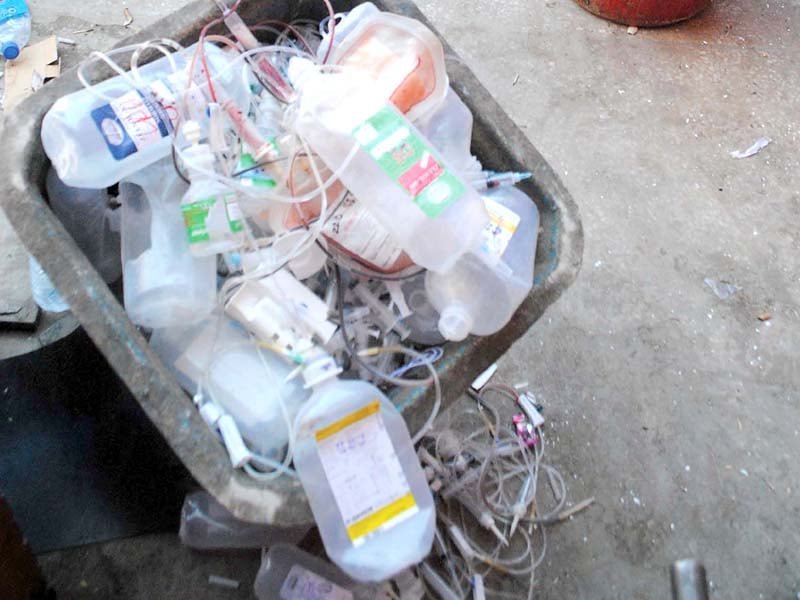Medical waste is an inevitable byproduct of healthcare activities, including medical research and treatment. Properly regulated medical waste services are crucial not only for public health but also for minimizing environmental impact. Whether the waste consists of contaminated supplies, pharmaceutical waste, or hazardous materials like needles and sharps, ensuring its safe disposal from the point of generation through to its final disposal is critical for reducing contamination risks, ensuring compliance with regulations, and maintaining a safe environment.
Medical waste is generated in a wide variety of healthcare settings, such as hospitals, clinics, dental offices, research laboratories, pharmacies, and veterinary clinics. The first step in effectively managing medical waste is its segregation – the process of sorting waste into categories based on its type and potential risks. This segregation process is essential for ensuring that the appropriate treatment and disposal methods are applied later. For instance, sharp objects like needles or scalpels are placed in puncture-proof containers to prevent injury, while biological waste is sealed in clearly labeled, leak-proof bags. Proper waste segregation plays a critical role in preventing cross-contamination, reducing disposal costs, and ensuring that each waste type is handled in accordance with safety protocols.
After segregation, medical waste is stored in secure, designated areas within healthcare facilities. These storage areas are specifically designed to keep waste safe, preventing exposure to healthcare workers, patients, and visitors. Strict security measures, along with proper ventilation and containment systems, are crucial for minimizing risks. This stage emphasizes safety and control, as unauthorized access or accidental exposure could pose significant health hazards.
The next stage of medical waste management is the transportation process. Waste management companies licensed to handle medical waste are responsible for safely transporting waste from healthcare facilities to treatment or disposal sites. These companies use specialized vehicles designed for the safe transportation of hazardous materials and strictly adhere to safety regulations. The transportation process is subject to numerous safety and regulatory guidelines to ensure the medical waste is moved securely, minimizing any risks to public health and the environment.
Once medical waste arrives at the treatment facility, various methods are used to neutralize or eliminate harmful materials. Infectious waste, for instance, is often subjected to autoclaving, a process where high-pressure steam is used to sterilize waste. Other types of hazardous waste, such as pharmaceutical or chemical waste, are typically incinerated, turning them into safe, manageable ash. Depending on the waste’s nature, other treatment methods may include chemical disinfection or microwave treatment. These methods are specifically chosen based on the waste’s characteristics and potential for harm.
Finally, after treatment, the medical waste is disposed of in an environmentally responsible manner. If the waste has been treated to render it non-hazardous, it may be sent to landfills or other designated disposal sites. In cases where incineration is used, the resulting ash is typically placed in secure landfills that meet environmental standards. These final disposal steps are essential for ensuring that the waste no longer poses any environmental or public health threats.
In conclusion, managing medical waste properly is a multi-step process that spans from the creation of waste in healthcare settings to its eventual safe disposal. Each step is vital to minimize risks, ensure public safety, and comply with regulatory requirements. By following proper medical waste management procedures, healthcare facilities can protect the environment, reduce contamination risks, and safeguard public health.
For more information on the journey of medical waste, please refer to the accompanying resource.

